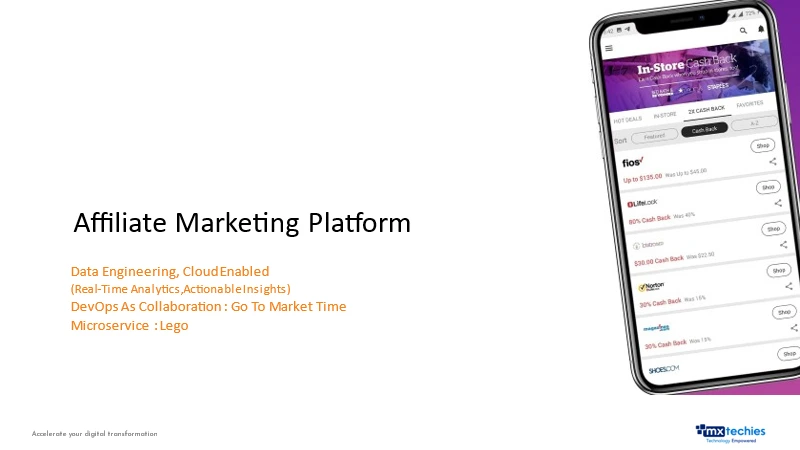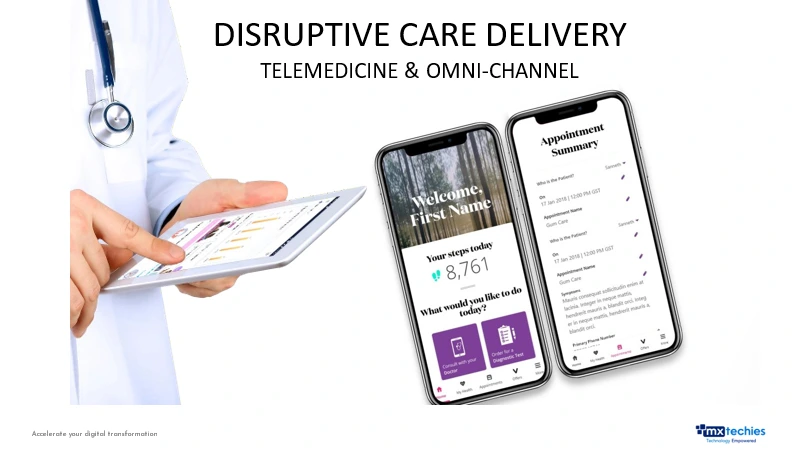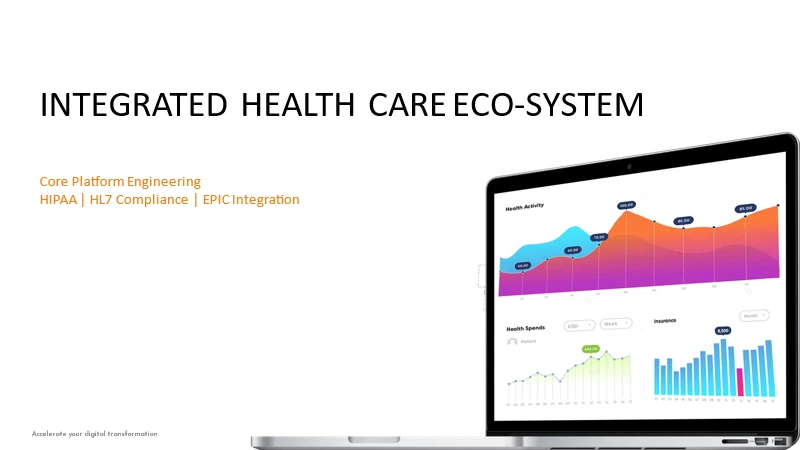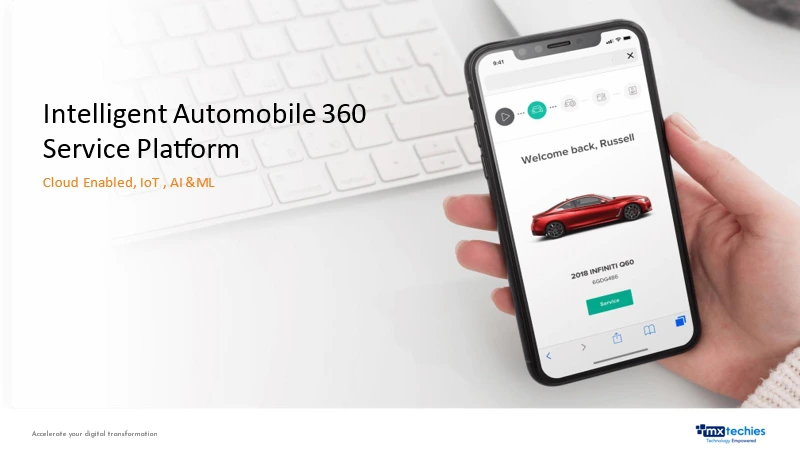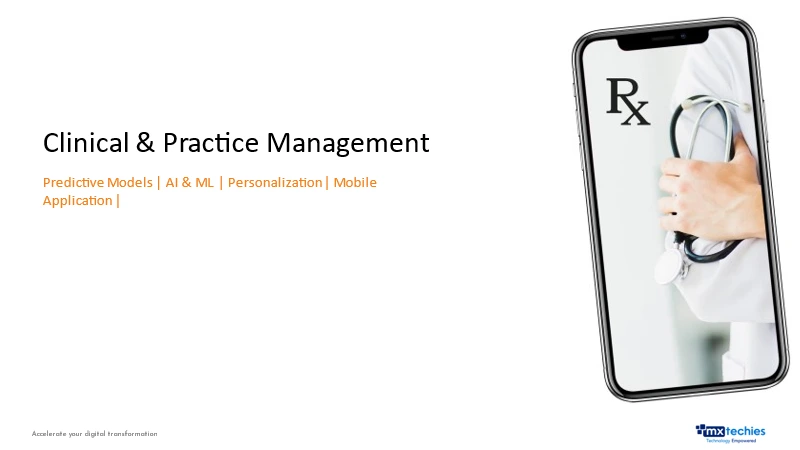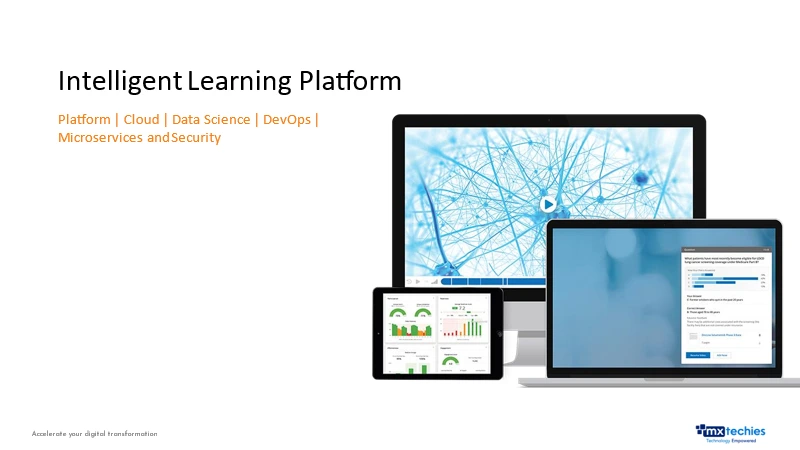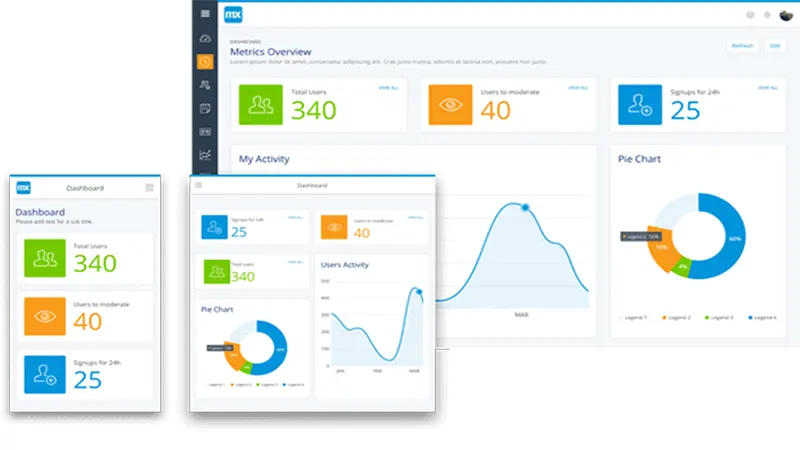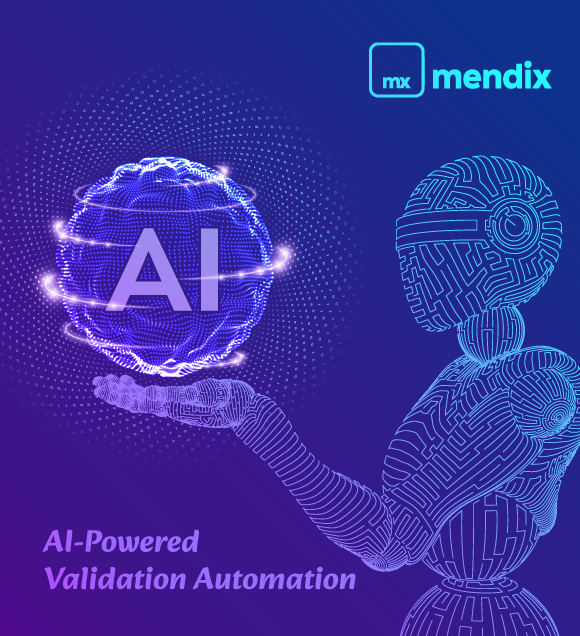
- Facilitates modeling and crafting application logics (referred to as microflows).
- Aids developers in creating microflows up to 30% faster.
- Delivers real-time recommendations for the most suitable next activity in your microflow with a 95% accuracy rate.
- Grasps context by scrutinizing a microflow upon the introduction of a new activity or decision midway.
- Automates development by pre-filling parameters for an action.
- Efficiently streamlines development by pre-filling parameters for an action.
- Conducts automatic evaluations of app models in alignment with Mendix's best practices.
- Identifies anti-patterns and provides developers with guided steps for issue resolution.
- Comes equipped with a comprehensive best practice guide containing resolution instructions.
- Enhances application quality, performance, and security.
- Automatically refines the app model by implementing best practices.
- Automates the creation of distinct page elements that often necessitate data validation.
- Instantly generates a validation microflow by a simple right-click on a supported element.
- Enables packaging and reuse of validations across application models, ensuring consistency and minimizing maintenance efforts.
GENERATIVE AI AND APPLICATIONS OF INTELLIGENT TECHNOLOGY
Analysis and Classification of Sentiments
- Determine customer feedback sentiment (positive versus negative)
- Categorize customer feedback or inquiries into specific support or business categories.
Detection of Objects
- Identify defective products within a factory's production line!
- Recognize the type of defect in factory product line items.
- Classify medical images.
- Count objects within a factory setting.
Anomaly Identification
- Identifying suspicious bank transactions
- Unusual correlations within business metrics (e.g., increased product sales but decreased revenue due to pricing errors)
- Detecting anomalies within inventory
Recommendation Systems
- Suggesting optimal offers for insurance agents according to customer needs
- Recommending alternate products or services to online shoppers based on past purchases.
Predictive Analysis
- Predicting cash flow using historical and seasonal trends
- Anticipating necessary inventory based on sales patterns.
- Forecasting demand for a hotel chain considering internal and external influences.
- Adjusting pricing dynamically based on demand forecasts.
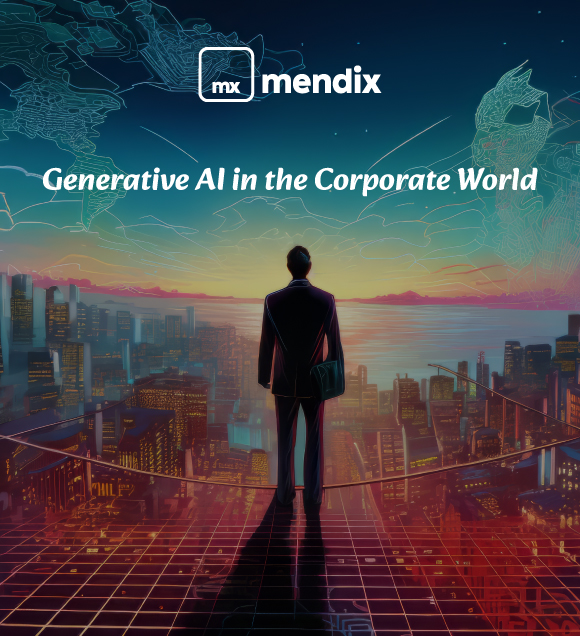
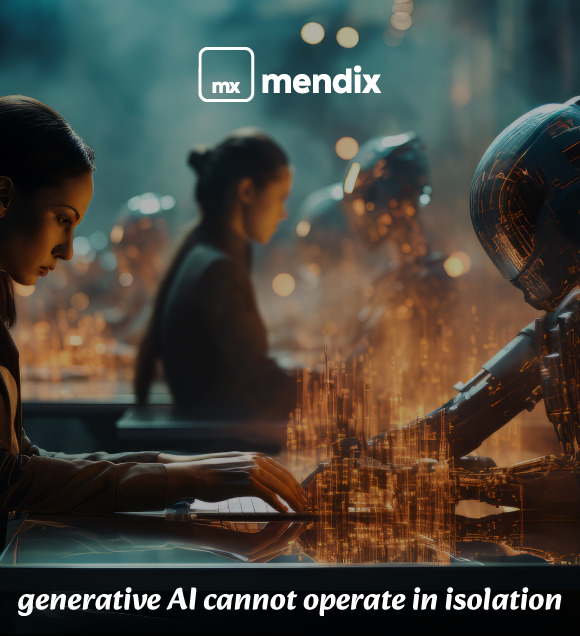
Causation and Effectiveness
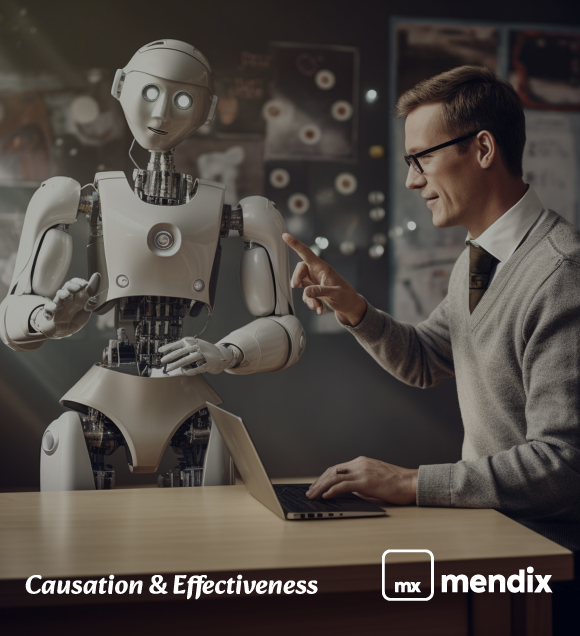
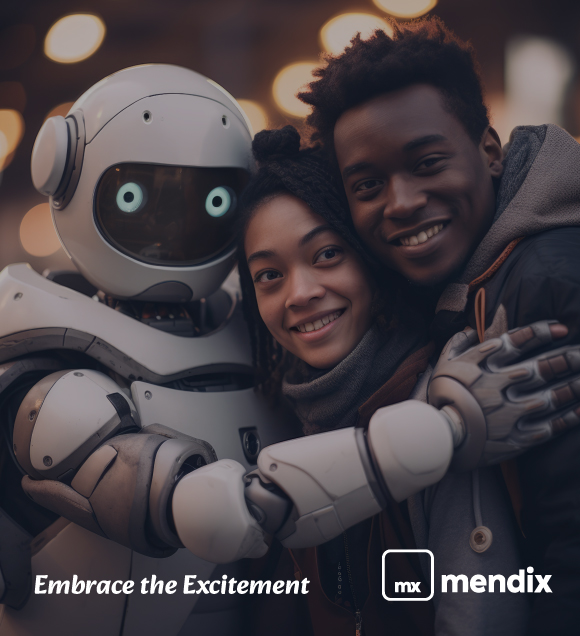
Why MXTechies?
Build Applications 10X faster with 70% fewer resources.
Increase developer productivity and capacity.
Application for any channel, any device, online and offline, smart, and connected.
Easily embed automation into core systems.
Extend automation without limitation.
Integrate data and logic from any data source, system, or service.



